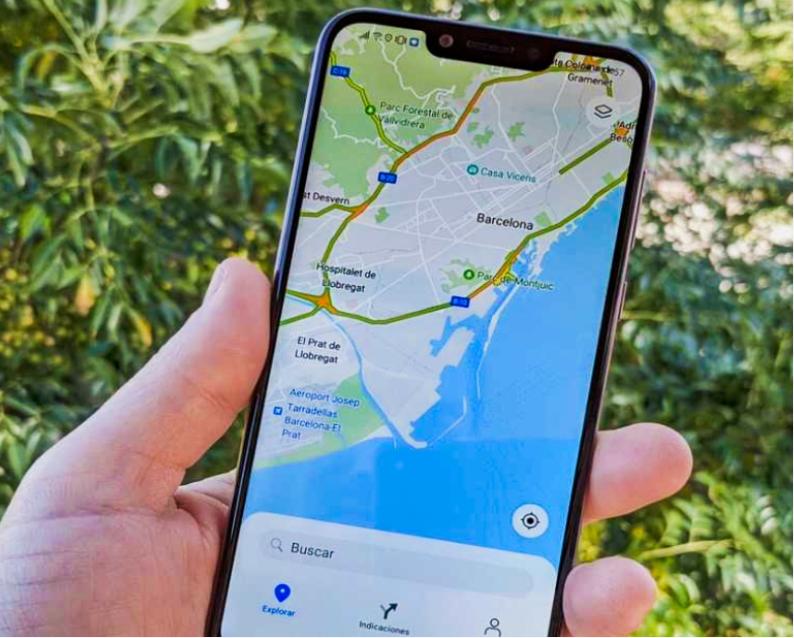Huawei phones continue to stand out with their strong performance, advanced camera systems, and smooth HarmonyOS experience. However, a common question many users ask is: does google maps work on huawei devices, especially as the company no longer includes Google Mobile Services (GMS)? While Google Maps can still function through alternative installation methods, Huawei has also developed Petal Maps as its own powerful navigation solution. If you’re wondering which mapping app delivers the best experience on Huawei phones, comparing their strengths side by side can help you choose the right one for your needs.

Google Maps vs Petal Maps: Which Is Better on Huawei Devices?
Both apps offer reliable navigation, but they shine in different ways depending on your usage. Below is an in-depth comparison to help you understand how each performs on Huawei phones.
Installation and Compatibility
Google Maps requires alternative installation methods on Huawei devices, such as AppGallery with MicroG, trusted APK sources, or browser access. Once installed properly, it works smoothly and offers nearly full functionality. Petal Maps, on the other hand, comes pre-installed on many Huawei models and integrates seamlessly with HarmonyOS. Because Petal Maps is designed specifically for Huawei hardware, installation is simpler and compatibility is guaranteed without any additional support tools.
Navigation Accuracy and Route Quality
Google Maps is known for its global accuracy, extensive route data, and well-optimized algorithms. It offers highly reliable directions no matter where you travel and is especially strong in urban areas with complex road networks. Petal Maps has improved significantly, offering precise navigation and stable route suggestions. However, Google Maps still has an advantage in countries with detailed Street View support, large volumes of user-generated content, and local business listings. For international travelers, Google’s broader coverage may be more dependable.
Real-Time Traffic Updates
Google Maps excels in real-time traffic predictions thanks to massive data sources, user contributions, and machine learning integration. Delays, accidents, and congestion updates are often highly accurate. Petal Maps also provides real-time traffic information and has been expanding its data partnerships. In many major cities, Petal Maps performs surprisingly well, but Google Maps typically offers slightly more precise or quicker traffic updates due to its larger global data network.
read more : How Peryagame Captures the Heart of GameZone’s Filipino Players
Offline Map Performance
Both apps provide excellent offline functionality, but with different strengths. Google Maps allows users to download large regions, offering full navigation even without internet access. Offline maps remain detailed and responsive, making Google Maps ideal for traveling in remote areas or abroad. Petal Maps also supports offline maps and works reliably, especially within regions where Huawei has strong mapping partnerships. While both offline modes are solid, Google’s database tends to be more extensive globally.

User Interface and Ease of Use
Google Maps features a clean, familiar interface with intuitive controls, detailed layers, and easy access to public transport, business information, and Street View. Professionals and frequent travelers often prefer Google’s interface for its rich data and consistency across platforms. Petal Maps embraces a more modern visual design with fluid animations and 3D map views. Its interface is simple, quick, and seamlessly synchronized with Huawei’s system apps. Users who enjoy visually appealing map layouts may prefer Petal Maps.
Integration With Huawei Services
Petal Maps integrates deeply with Huawei’s ecosystem—syncing with Petal Search, Huawei Assistant, and built-in notifications. This allows for smooth multitasking and voice-based navigation through Celia. Google Maps relies on MicroG or browser access for syncing features, so integration is lighter. Though functional, it doesn’t blend into Huawei’s system as naturally as Petal Maps.
Conclusion
Both Google Maps and Petal Maps offer strong navigation experiences on Huawei phones, each with distinct advantages. Google Maps remains the top choice for users who need extensive global coverage, detailed business information, and advanced features like Street View. Meanwhile, Petal Maps delivers excellent performance, strong integration, and simple usability tailored specifically for Huawei devices. Choosing between the two depends on your travel habits, feature preferences, and how closely you want your navigation app to integrate with the Huawei ecosystem.